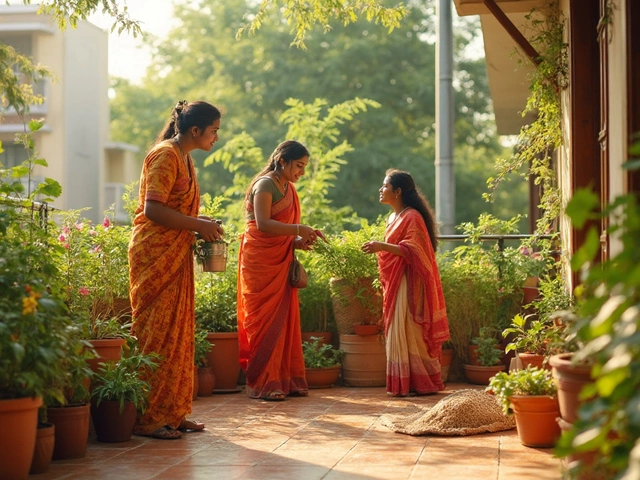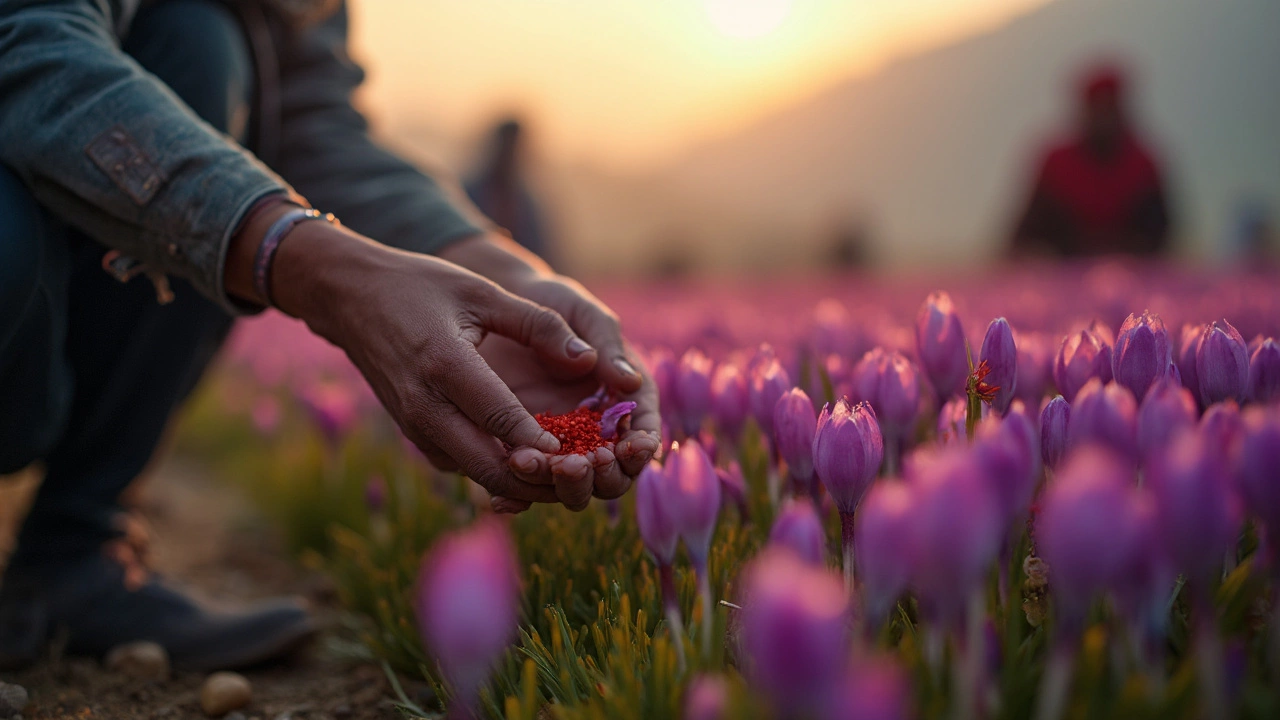Kashmiri Saffron – Everything You Need to Know
If you’ve ever wondered why Kashmiri saffron commands top prices, you’re not alone. It’s the tiny red threads that give a golden hue and a distinct aroma to dishes across India. In this guide we’ll break down what sets Kashmiri saffron apart, how you can spot genuine threads, and easy ways to use or even grow a few plants at home.
What Makes Kashmiri Saffron Special?
Kashmir’s high-altitude valleys enjoy cool nights and plenty of sunshine – the perfect combo for the crocus flower that produces saffron. The stigmas harvested here are longer and contain a higher concentration of crocin, which creates that bright color, and picrocrocin, the source of the sweet flavor. Because growers hand‑pick each thread, the yield per flower is tiny, which explains the premium price.
When you compare a genuine Kashmiri batch with cheaper imports, you’ll notice three things: richer color, stronger fragrance, and a bitter‑sweet taste that doesn’t fade quickly. That’s why chefs reserve it for biryanis, desserts, and ceremonial drinks.
How to Pick Real Kashmiri Saffron and Store It Right
Look for deep red threads with a slightly orange tip – that tip is where the flavor lives. If the threads look pale or have many white fibers, they’re probably adulterated. Reputable sellers will provide a certificate of origin or a lab test report. Buying in small sealed packets helps keep the spice fresh.
Store saffron in an airtight glass jar, away from light and moisture. A dark pantry spot works fine; no need for a fridge. When you need to use it, crush a pinch between your fingers and steep it in warm water or milk for a minute. The liquid will turn a rich yellow, ready to stir into your dish.
For cooking, a little goes a long way. About 20 mg (roughly a pinch) is enough for a serving of rice or a dessert. Adding it at the end of cooking preserves its aroma, but you can also infuse it in oil or ghee earlier for a deeper flavor.
Can You Grow Kashmiri Saffron at Home?
Yes, if you can mimic the chill‑warm cycle of the Kashmir hills. Plant corms (bulb‑like roots) in well‑drained soil during late summer, then cover them with a thin layer of sand. Keep the beds cool – 5‑15 °C – for about eight weeks, then let the soil warm up as spring arrives.
Water sparingly; too much moisture rots the corms. After the crocus blooms in autumn, harvest the red stigmas early in the morning and dry them on a clean cloth for a few hours. It’s a slow process – you’ll get only a few grams per square meter – but the payoff is fresh, home‑grown saffron.
Even if you don’t have a garden, you can try a small container on a balcony. Use a shallow tray, keep it on a windowsill that gets morning sun, and refrigerate the tray overnight to simulate the night chill. Many Indian growers swear by this method for a modest harvest.
Whether you’re buying premium Kashmiri saffron or experimenting with your own tiny crop, the key is respect for its delicate nature. Treat it like a treasure, store it right, and you’ll enjoy the vibrant color and aroma that have made Kashmiri saffron a legend in Indian kitchens.
Most Expensive Flower in India: Saffron Magic and Mystique
Flower lovers in India often wonder which bloom tops the list in terms of price. This article digs into India's most expensive flower, revealing why it's so pricey, how it's grown, and what makes it so popular. Readers will get practical tips on growing these flowers at home and discover surprising facts about their trade and cultural importance. Even beginners will finish this article with a clear picture of what sets this flower apart. If you're thinking of adding a wow-factor plant to your garden, this is a must-read.
About
Flower Gardening
Latest Posts
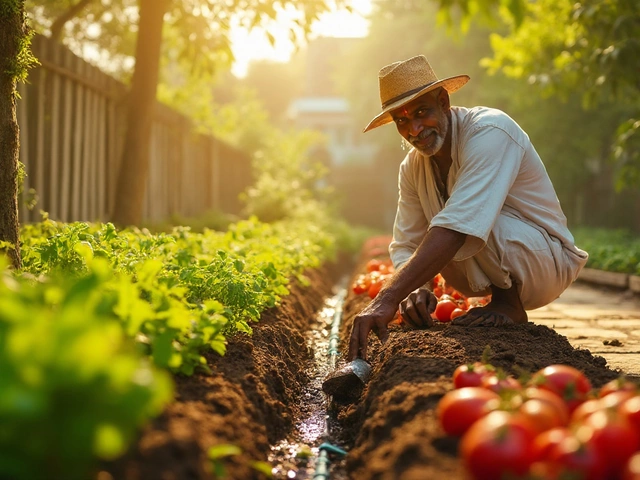
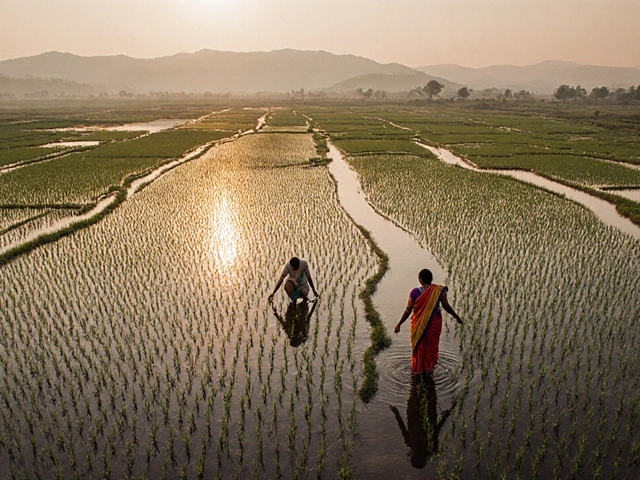
How Many Acres of Rice Are Needed to Feed One Person?
By Alden Thorne Oct 28, 2025
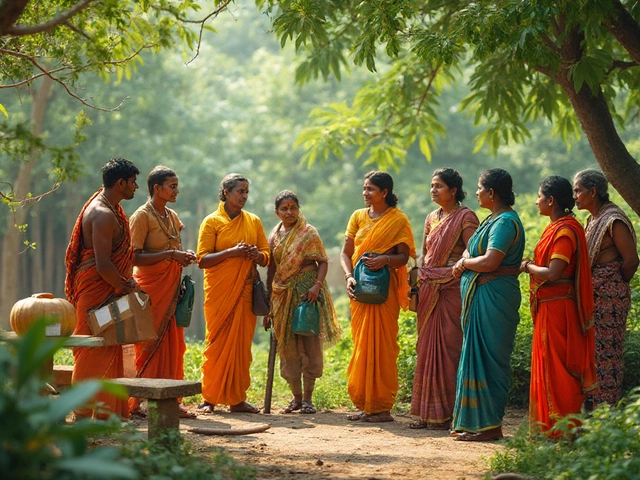
Drip Irrigation: Why Isn’t Everyone Using This Efficient Watering System?
By Alden Thorne Aug 6, 2025
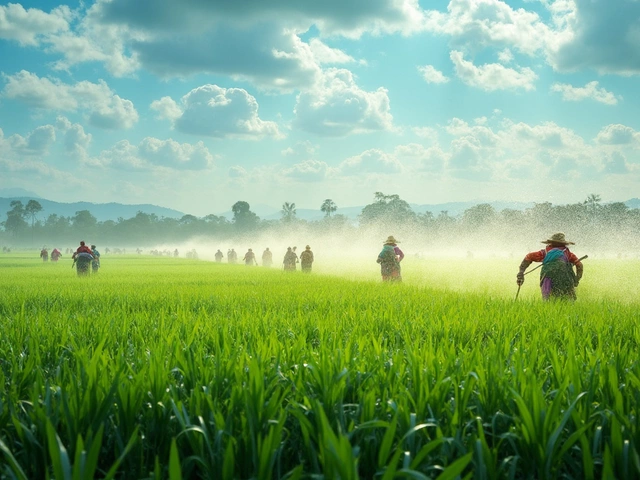
Understanding the Differences Between Sprinkle and Drip Irrigation
By Alden Thorne Mar 22, 2025
